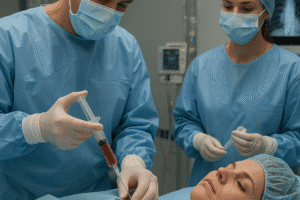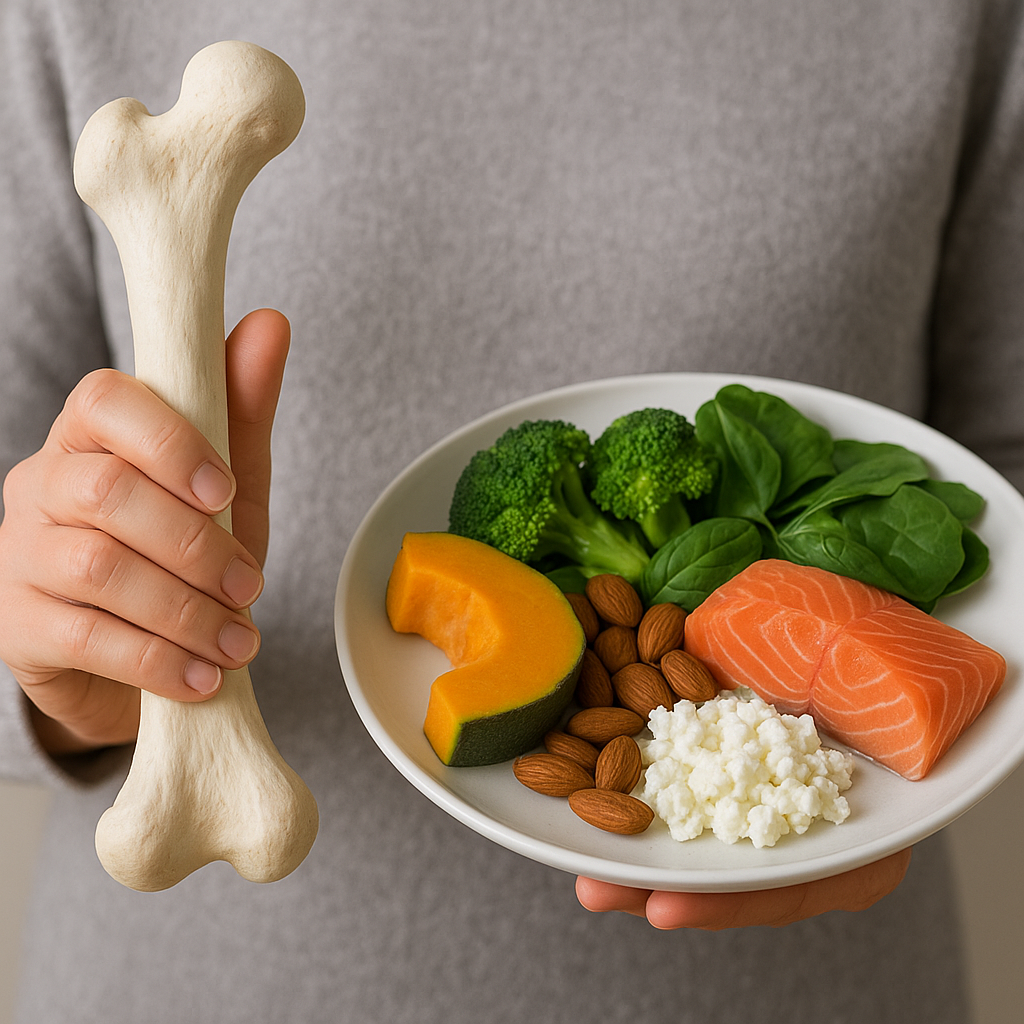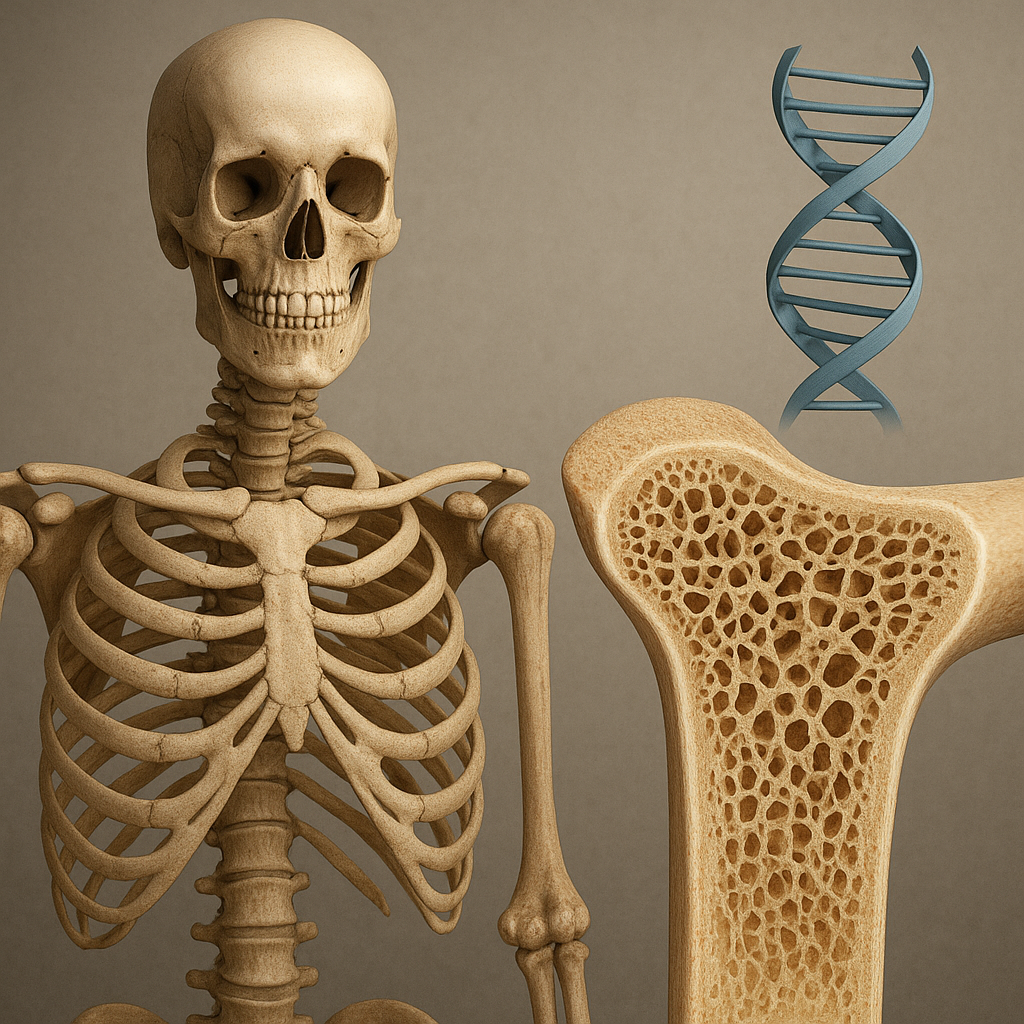Bone grafting is a critical procedure in modern medicine, particularly in the fields of orthopedics and dentistry. It involves the transplantation of bone tissue to repair or regenerate damaged bones, providing a solution for various medical conditions. This article delves into the uses, techniques, and advancements in bone grafting, highlighting its significance in enhancing patient outcomes and the ongoing innovations that are shaping its future.
Uses of Bone Grafting
Bone grafting serves multiple purposes across different medical disciplines. Its primary applications include:
- Orthopedic Surgery: Bone grafting is frequently used in orthopedic procedures to treat fractures that are difficult to heal, such as non-union fractures or those involving significant bone loss. It helps to stabilize the bone and promote healing.
- Dental Implants: In dentistry, bone grafting is essential for patients who lack sufficient bone density in the jaw to support dental implants. Grafting allows for the successful placement of implants, restoring functionality and aesthetics.
- Spinal Fusion: In spinal surgery, bone grafting is used to fuse vertebrae together, providing stability and alleviating pain. This procedure is crucial for patients with degenerative disc disease or spinal deformities.
- Oncology: In cases of bone tumors, grafting can be employed to replace resected bone, ensuring structural integrity and facilitating rehabilitation.
- Trauma Surgery: Following traumatic injuries, bone grafting can aid in the reconstruction of complex fractures, enhancing recovery and restoring mobility.
Techniques of Bone Grafting
Bone grafting techniques can be categorized based on the source of the graft material and the method of application. The main types include:
Autografts
Autografts involve harvesting bone from the patient’s own body, typically from areas such as the iliac crest, tibia, or fibula. This technique is advantageous because it minimizes the risk of rejection and disease transmission. However, it requires an additional surgical site, which can lead to increased recovery time and discomfort.
Allografts
Allografts utilize bone tissue obtained from a donor, usually from a bone bank. This method eliminates the need for a second surgical site but carries a slight risk of immune rejection and disease transmission. Allografts are often processed to remove cells and reduce the risk of complications, making them a safe option for many patients.
Xenografts
Xenografts involve the use of bone from a different species, commonly bovine. These grafts are treated to ensure biocompatibility and are often used in dental applications. While xenografts can provide a scaffold for new bone growth, they may not integrate as well as autografts or allografts.
Alloplastic Grafts
Alloplastic grafts consist of synthetic materials designed to mimic the properties of natural bone. These materials, such as hydroxyapatite or calcium phosphate, provide a scaffold for bone regeneration. Alloplastic grafts are advantageous due to their availability and the absence of donor site morbidity, but they may not promote bone growth as effectively as biological grafts.
Techniques of Application
The application of bone grafts can be performed using various surgical techniques, including:
- Open Surgery: This traditional approach involves making a large incision to access the affected area, allowing for direct placement of the graft.
- Minimally Invasive Surgery: Advances in technology have led to the development of minimally invasive techniques, which use smaller incisions and specialized instruments to reduce recovery time and complications.
- Endoscopic Techniques: In certain cases, endoscopic methods can be employed to place grafts with minimal disruption to surrounding tissues.
Advancements in Bone Grafting
The field of bone grafting has seen significant advancements in recent years, driven by technological innovations and a deeper understanding of bone biology. Some notable developments include:
3D Printing
3D printing technology has revolutionized the production of custom bone grafts tailored to individual patient needs. This technique allows for the creation of scaffolds that mimic the structure and mechanical properties of natural bone, enhancing integration and promoting healing.
Biomaterials
Research into biomaterials has led to the development of new grafting substances that promote osteogenesis (bone formation). These materials can be engineered to release growth factors or drugs that stimulate bone healing, improving the overall success of grafting procedures.
Stem Cell Therapy
Stem cell therapy is emerging as a promising adjunct to traditional bone grafting techniques. By incorporating stem cells into grafts, surgeons can enhance the regenerative potential of the graft, leading to faster healing and improved outcomes.
Gene Therapy
Gene therapy is being explored as a means to enhance bone regeneration. By delivering specific genes that promote bone growth, researchers aim to improve the effectiveness of grafts and reduce the need for additional surgeries.
Enhanced Imaging Techniques
Advancements in imaging technologies, such as MRI and CT scans, have improved preoperative planning and intraoperative guidance. These tools allow surgeons to assess bone quality and accurately place grafts, leading to better outcomes.
Challenges and Future Directions
Despite the advancements in bone grafting, several challenges remain. Issues such as graft rejection, infection, and the limited availability of donor tissues continue to pose risks. Additionally, the cost of advanced materials and technologies can be prohibitive for some healthcare systems.
Looking ahead, the future of bone grafting is promising. Ongoing research into bioengineering, regenerative medicine, and personalized medicine is expected to yield new solutions that enhance the effectiveness and safety of grafting procedures. As technology continues to evolve, the potential for improved patient outcomes in bone grafting will only increase.
In conclusion, bone grafting is a vital procedure with diverse applications in medicine. Understanding its uses, techniques, and advancements is essential for healthcare professionals and patients alike. As the field continues to evolve, it holds the promise of more effective treatments and improved quality of life for those with bone-related conditions.













